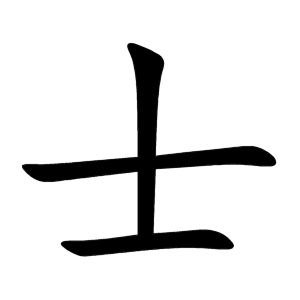士
- scholar;
- gentleman;
- soldier;
Etymology
In ancient China, 士 originally meant a man holding power.
Initially, it strongly signified a military commander skilled in martial arts.
Over time, the meaning shifted to indicate an educated intellectual or scholar excelling in learning and the arts.
As an official rank, 士 began to decline in status starting from the Spring and Autumn period (771-476 BCE).
By the Western Han dynasty, it referred to a position assisting higher officials (大夫).
It was sometimes used metaphorically to mean a “political hopeful” or “young reformist.”
Confucius explained 士 as “adding one to ten” (推十合一爲士), symbolizing the virtue of the gentleman.
Shuowen Jiezi described it as a compound ideogram made from 一 (one) and 十 (ten), representing counting from one to ten.
However, in oracle bone script, 士 was originally a pictograph of a weapon (axe), symbolizing a soldier going into battle carrying arms.
Usage in Korean
The character 士 is also well known for causing confusion because the syllable "사" appears in many occupational titles represented by different characters:
士 (scholar/gentleman): lawyer (辯護士), accountant (會計士), warrior (武士)
事 (affair/work): judge (判事), prosecutor (檢事), steward (執事)
師 (teacher/master): teacher (敎師), doctor (醫師), nurse (看護師)
Characters with 士
Words that derived from 士
- 군사(軍士)–soldier; military; army
- 명사(名士)–celebrity
- 병사(兵士)–soldier; troops
- 사병(士兵)–private; solider; rank and file
- 상사(上士)–master sergeant; first sergeant
- 열사(烈士)–patriotic martyr
- 영양사(營養士)–dietitian
- 운전기사(運轉技士)–driver
- 운전사(運轉士)–driver; operator
- 의사(義士)–martyr; patriotic martyr
- 정비사(整備士)–mechanic
- 조종사(操縱士)–pilot
- 중사(中士)–sergeant first class
- 지사(志士)–patriot
- 투사(鬪士)–fighter; activist
- 하사(下士)–staff sergeant
- 하사관(下士官)–non-commissioned officer
- 十一 (JM)
- ⿱ 十 一
